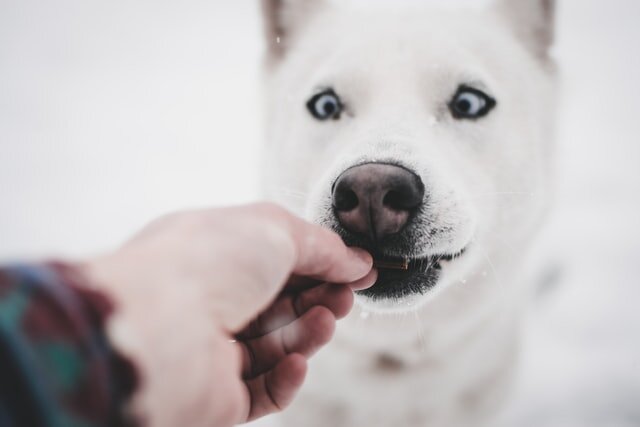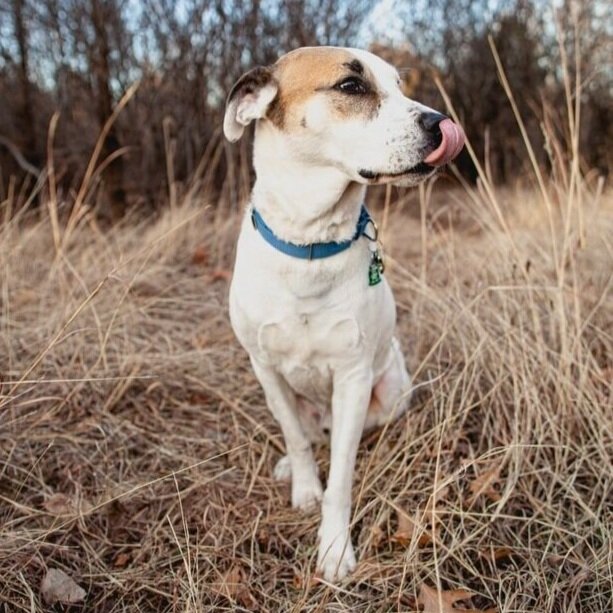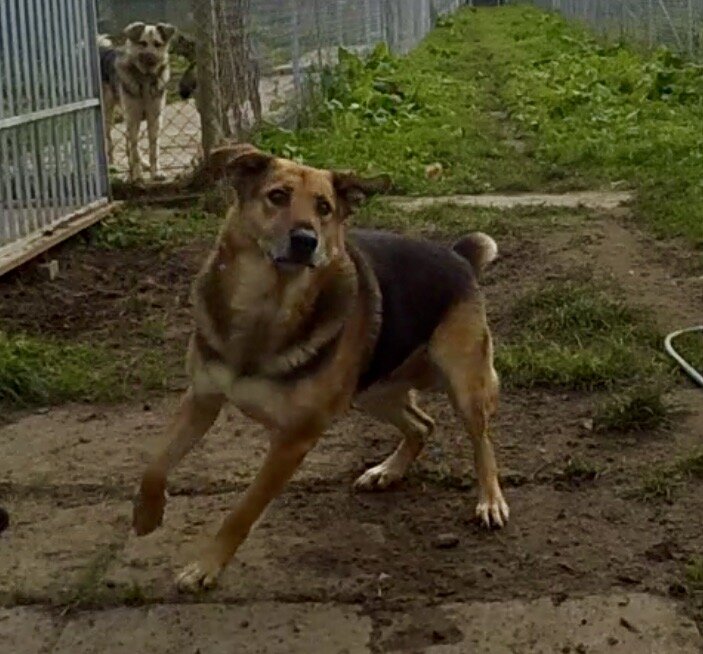Controversial advice - Reinforce unwanted behaviour
Many of the problem behaviours are a product of unintentional reinforcement that comes at the wrong time. It's better to reinforce quickly to keep the behaviour short and put more intention into all of the interactions with your dog. Remember, it's not just during a training session that your dog learns!
How to create habits with the help of technology?
How many of us failed in the past trying to create a new habit?
This time, I tried something different and I was building on a habit that I already have. Now, after 6 months, I can fairly say that I managed to build a new, solid habit of learning Spanish 20 min a day every day. In the blog, I share what helped me achieve that and few other surprising learning points!
What is muzzle training and how to do it?
Muzzle training can be a great game to play with your dog. It has nothing to do with your dog being "aggressive" but it can be useful for situations like painful vet visits. Your dog can learn to love wearing the muzzle if you give it a try. Treat it as an exercise that is about the journey, not the destination and enjoy the process.
How does a high rate of reinforcement look like and why we use it?
Do you know how does a high rate of reinforcement looks like? In dog training, it can look like just feeding the dog. Why would we even use it then?
Read more on the blog to see examples not only in dog training but also in creating our own habits!
Working with client with disability
Do you learn from people you are in contact with? Recently I encounter a challenge to work with a client who is legally blind. I needed to find new ways of teaching but most importantly I had to listen. It’s through communication that we found the best ways to move forward. In the end, we not only succeeded with training the dog so both she and the owner are happy but I also learned and grew as a person. It made me a better trainer and more compassionate human being.
Challenge - Train yourself to look for the behaviours you like
Are you willing to take on the challenge of looking for the behaviours you like? Whether it's in your dogs' behaviour or in your own behaviour! Change can start from this simple (yet not easy!) exercise of noticing the behaviours you like instead of the ones you want to change.
How to use positive reinforcement with people?
This blog is about applying positive reinforcement to human learners. I talk from a perspective of animal trainer teaching human clients how to train their animals. It might not be applicable to you but I would encourage you to read anyway and see if there is anything you can apply to your life and your situation. Behavioural science principles are universal, can you recognise that?
Fear in dogs - how it looks like and what to do with it?
Fear in dogs is not always easy to recognise and many people misinterpret it. Dogs don’t come with the manual and it’s normal we don’t know everything. Learning to recognise the signs, sometimes very subtle can help you understand your dog better and give him a happier life. To see a change from a fearful dog to a confident companion, to me, is the most beautiful thing to observe.
Even fish can be positively trained (video)!
There are no animals that cannot be trained or make significant progress with training. Seeing progress they make is the best feeling and reward for all the time originally put in training. It makes it all worth it!
See the video of fish doing tricks. I hope it will inspire you to start/continue with training!
How to set your new puppy up for success part 2
The second part of the blog with 5 more tips on what to do to avoid mistakes and set your new puppy up for success.
Reinforcing unwanted behaviour and micro-shaping
I'm not afraid of allowing the dog to briefly do things I might later want to change. I know how shaping works and how small a start of a behaviour can be. And when I have a starting point I will continue to micro-shape it until I see the behaviour that is acceptable for everyone (including the dog).
Dog training in animal shelter - dealing with mistakes (video)
We can have a training plan in mind but it's the dog who will tell us if the plan is good or not. Don’t be afraid to move back a few steps in your training plan and ask for less at any point. Work with whatever you have in front of you. Looking back at the video you've made, you might realise whose mistake that really was.












